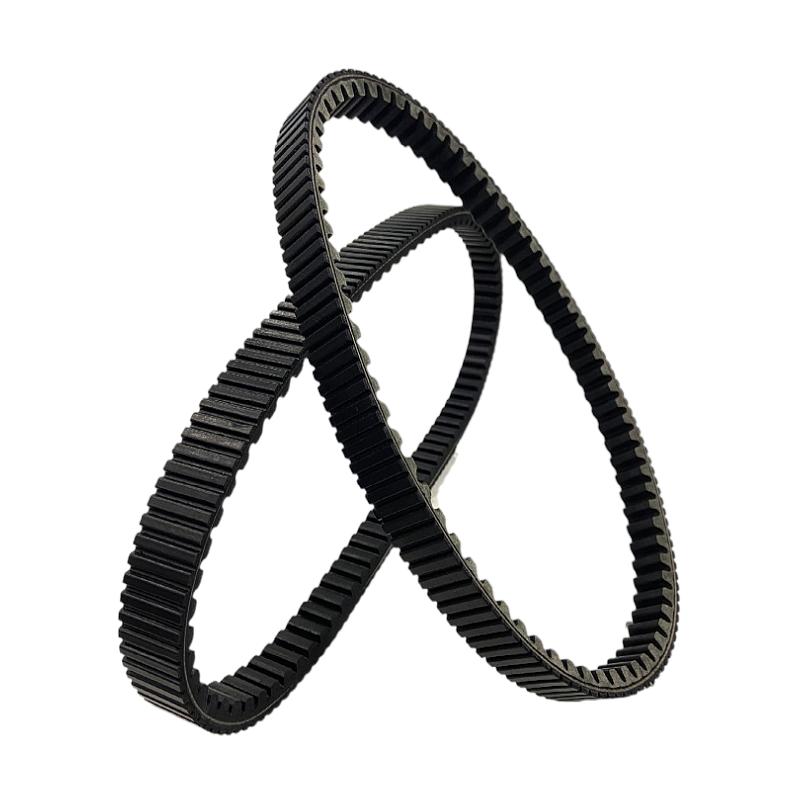- Arabic
- French
- Russian
- Spanish
- Portuguese
- Turkish
- Armenian
- English
- Albanian
- Amharic
- Azerbaijani
- Basque
- Belarusian
- Bengali
- Bosnian
- Bulgarian
- Catalan
- Cebuano
- Corsican
- Croatian
- Czech
- Danish
- Dutch
- Afrikaans
- Esperanto
- Estonian
- Finnish
- Frisian
- Galician
- Georgian
- German
- Greek
- Gujarati
- Haitian Creole
- hausa
- hawaiian
- Hebrew
- Hindi
- Miao
- Hungarian
- Icelandic
- igbo
- Indonesian
- irish
- Italian
- Japanese
- Javanese
- Kannada
- kazakh
- Khmer
- Rwandese
- Korean
- Kurdish
- Kyrgyz
- Lao
- Latin
- Latvian
- Lithuanian
- Luxembourgish
- Macedonian
- Malgashi
- Malay
- Malayalam
- Maltese
- Maori
- Marathi
- Mongolian
- Myanmar
- Nepali
- Norwegian
- Norwegian
- Occitan
- Pashto
- Persian
- Polish
- Punjabi
- Romanian
- Samoan
- Scottish Gaelic
- Serbian
- Sesotho
- Shona
- Sindhi
- Sinhala
- Slovak
- Slovenian
- Somali
- Sundanese
- Swahili
- Swedish
- Tagalog
- Tajik
- Tamil
- Tatar
- Telugu
- Thai
- Turkmen
- Ukrainian
- Urdu
- Uighur
- Uzbek
- Vietnamese
- Welsh
- Bantu
- Yiddish
- Yoruba
- Zulu
Ліст . 06, 2024 10:58 Back to list
Innovative Solutions for Mechanical Drives and Belt Systems in Modern Engineering
Mechanical Drives and Belting An Overview
Mechanical drives and belting systems are crucial components in various industrial applications, providing the necessary power transmission from one component to another. These systems are designed to facilitate the efficient movement of machinery and equipment in factories, automotive systems, and a multitude of other environments. Understanding the principles, types, and applications of mechanical drives and belts can help engineers and technicians optimize performance, enhance efficiency, and increase the lifespan of machinery.
What Are Mechanical Drives?
Mechanical drives are systems used to transmit power from a source, typically an electric motor or engine, to a load, such as a conveyor belt or a rotating machine. The primary purpose of a mechanical drive is to convert rotary motion generated by the motor into useful work. Mechanical drives can be categorized into several types, including
1. Gear Drives Utilizes gears to transmit power at different speeds and torques. Gearboxes are widely used for applications requiring torque multiplication or reduction in speed.
2. Chain Drives Employs a chain to transfer power from one sprocket to another. This type of drive is robust and often used in applications with high torque requirements.
3. Belt Drives Consists of a belt stretched between two or more pulleys. This system is favored for its simplicity, smooth operation, and adaptability in various power transmission scenarios.
The Role of Belting in Mechanical Drives
Belt drives are among the most common forms of mechanical drives. They consist of a flexible loop that transfers motion through pulleys. Belting comes in various types, including
- Flat Belts Commonly used for light to moderate power transmission. These belts have a flat surface that maintains contact with the pulley.
- V-belts Designed with a trapezoidal cross-section, these belts provide better grip and can transmit higher power levels
. They are widely used in automotive applications and machinery.- Timing Belts Feature teeth that mesh with corresponding grooves on the pulleys, allowing for precise synchronization between the drive and the driven component. Timing belts are crucial in applications requiring exact speed ratios, such as in engines and robotics.
mechanical drives & belting

- Round Belts Smooth belts used primarily in light-duty applications. They are typically employed in smaller machinery and conveyors.
Advantages of Mechanical Drives and Belting Systems
Mechanical drives and belting systems offer several advantages over other power transmission methods
1. Efficiency They exhibit high efficiency levels, with minimal power losses. Properly designed systems can operate above 90% efficiency.
2. Flexibility Belt systems can easily accommodate variations in center spacing between pulleys, making them versatile for various configurations.
3. Maintenance Many mechanical drives, especially belt-driven systems, require less maintenance than gear systems. Regular inspection and occasional tension adjustments are often sufficient.
4. Cost-Effectiveness Belt drives tend to be more economical to install and maintain compared to other mechanical drive systems, particularly in applications involving long-distance power transmission.
5. Shock Absorption Belts can absorb shocks and vibrations, providing smoother operation and reducing the likelihood of mechanical failures in connected components.
Applications of Mechanical Drives and Belting
Mechanical drives and belting are found across a wide array of industries. In manufacturing, they are used in assembly lines to facilitate the movement of products. In agriculture, belt drives power tractors and harvesting equipment. The automotive industry relies heavily on these systems for engine components and accessory drives. Furthermore, conveyor systems in warehouses utilize belt drives to transport goods efficiently.
Conclusion
Mechanical drives and belting systems play a vital role in today's industrial landscape. By understanding their various types, advantages, and applications, engineers and technicians can implement more effective designs and maintenance strategies, ultimately leading to improved productivity and reduced operational costs. As technology advances, innovations in materials and designs will continue to enhance the performance and reliability of these critical systems, shaping the future of machinery and industrial processes.
-
Korean Auto Parts Timing Belt 24312-37500 For Hyundai/Kia
NewsMar.07,2025
-
7PK2300 90916-T2024 RIBBED BELT POLY V BELT PK BELT
NewsMar.07,2025
-
Chinese Auto Belt Factory 310-2M-22 For BMW/Mercedes-Benz
NewsMar.07,2025
-
Chinese Auto Belt Factory 310-2M-22 For BMW/Mercedes-Benz
NewsMar.07,2025
-
90916-02660 PK Belt 6PK1680 For Toyota
NewsMar.07,2025
-
drive belt serpentine belt
NewsMar.07,2025

